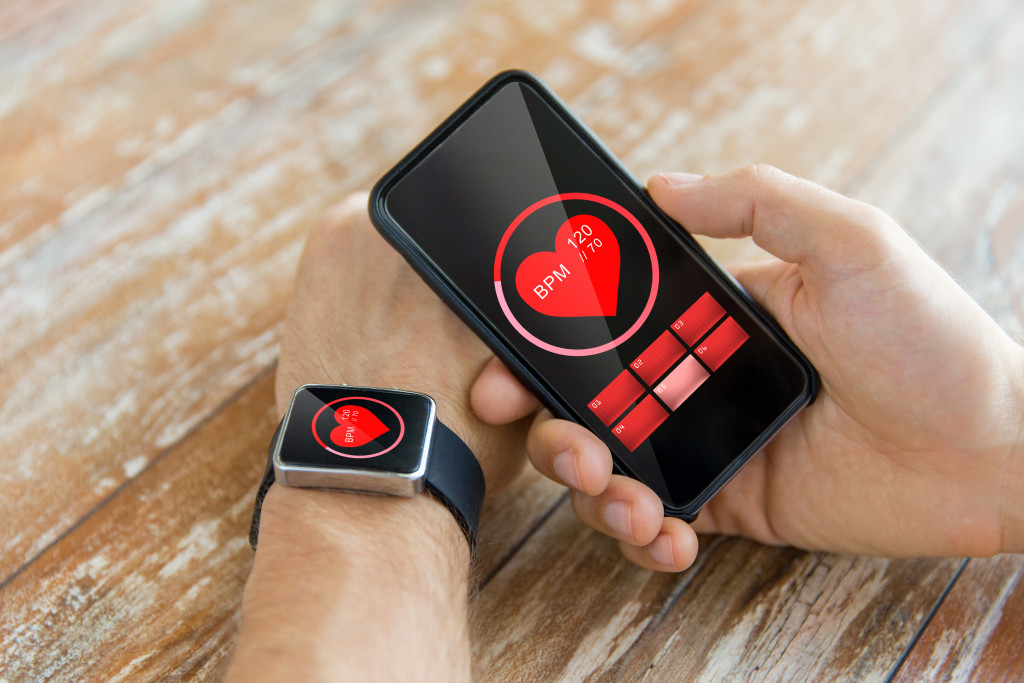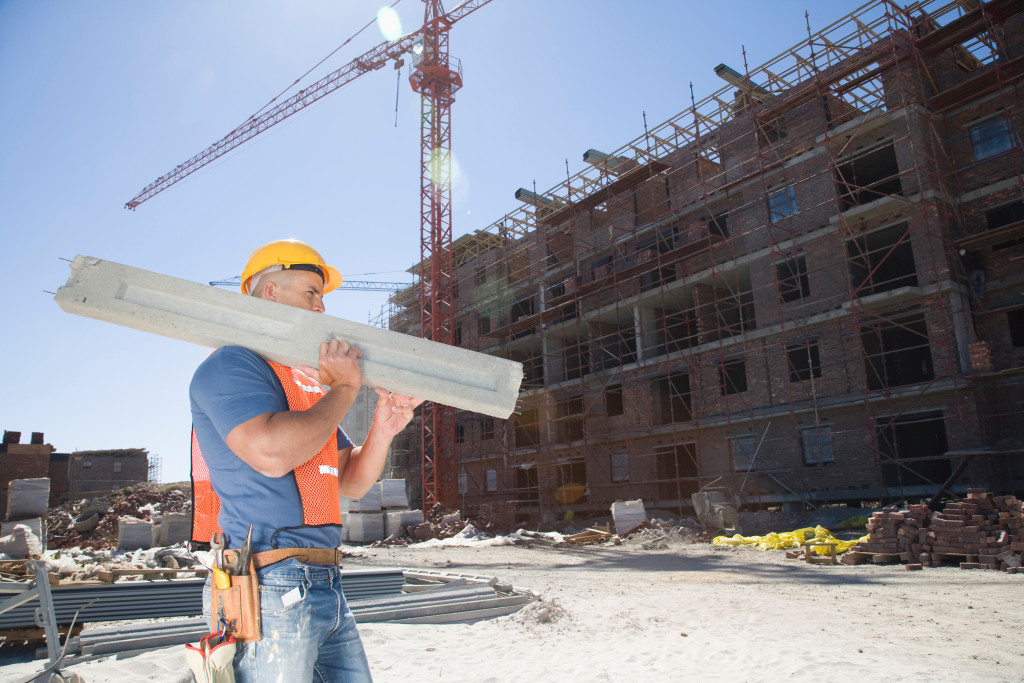- Wearable technology and health monitoring devices significantly decrease workplace accidents by tracking employee movements and well-being.
- Remote monitoring, automation, and reliable fall protection systems can mitigate risks in hazardous work environments.
- Smart surveillance systems enhance safety compliance by identifying high-risk areas and providing real-time hazard alerts.
- Virtual reality training, mobile applications, and risk assessments offer interactive safety training and quick incident reporting.
The construction industry experienced an alarming number of workplace fatalities in 2021, with nearly one in five deaths occurring within this sector. A staggering one-third of these tragic incidents resulted from slips, trips, and falls. It is worth noting that the overwhelming majority of these accidents involved falls to a lower level, with the construction industry accounting for 46.2 percent of these types of accidents.
The issue of workplace safety has always been a priority for business owners and entrepreneurs. However, with technological advancements, there are new and innovative ways to tackle workplace safety that can provide a safer and more secure environment for both employees and employers.
This blog post discusses some of the strategies businesses can use to enhance workplace safety through technology.

Wearable Technology
Wearable technology is becoming increasingly prevalent in the workplace. Devices such as smartwatches, fitness trackers, and safety monitors track employee movements, detect potential hazards, and alert employers of danger.
Health Monitoring
For instance, wearable safety monitors can measure an employee’s heart rate, respiration rate, and body temperature to detect signs of stress or fatigue. This information can be used to alert employers, who can then adjust workloads or provide breaks accordingly. Wearable technology can significantly reduce accidents and injuries and improve overall employee safety.
Unsafe Working Condition
Moreover, wearable technology can be used to detect unsafe working conditions. For example, a temperature sensor can alert employers if a building or workspace is too hot or cold for employees to work safely. This allows employers to take preventive measures and ensure their workers are safe from harm.
Remote Monitoring and Automation
Remote monitoring and automation technologies can help improve safety conditions for employees who work in hazardous environments, such as chemical plants or mining sites. Using robotics and automation can reduce the need for employees to work in dangerous conditions or handle hazardous materials directly. Remote monitoring technology can also help detect potential safety hazards, such as gas leaks or equipment malfunctions, allowing employers to take proactive steps to mitigate the risk.
Reliable Fall Protection Systems
Falls are among the most serious hazards in the construction industry. Reliable fall protection systems, such as guardrails and netting, can help protect workers from potentially fatal falls. These safety tools and equipment should meet OSHA fall protection requirements. Meeting the requirements helps protect workers from falling off scaffolding, ladders, and other elevated workspaces and reduces employers’ liability.
Smart Surveillance Systems
Smart surveillance systems go beyond traditional security cameras. They can detect and analyze employee movements, identifying high-risk areas and potential hazards. The software can also provide real-time alerts in case of an emergency.
Accident Location
The system can identify the location and alert nearby coworkers or first responders if an employee falls or is injured. Smart surveillance systems can also monitor areas prone to safety hazards, such as spill-prone areas. They can alert management if there is a spill or slip hazard. By providing more eyes on the ground, smart surveillance systems can help improve safety compliance in the construction industry.
Virtual Reality Training
Virtual reality training is becoming more prevalent in the workplace, especially in industries where safety is a significant concern, such as construction, manufacturing, and healthcare. Virtual reality programs can provide a fully immersive training experience, allowing employees to experience potential hazards in a controlled environment without the risk of injury.
Practice Safety Procedures
Employees can practice safety procedures and learn how to mitigate potential hazards in a safe, realistic environment. Virtual reality training can help reduce accidents and injuries in the workplace by providing employees with the knowledge and skills they need to work safely and effectively.

Mobile Applications
Mobile applications can provide employees easy access to safety training, protocols, and emergency procedures. These apps can also report safety concerns or incidents, allowing employers to quickly respond to potential hazards. Mobile apps can also track employee movements and detect potential hazards, such as employees entering restricted areas or working alone in remote locations.
Risk Assessments
Mobile applications can also be used to conduct risk assessments. These apps can help employers identify potential safety risks and provide guidance on mitigating them. Using mobile technology, businesses can quickly and efficiently assess their workplace safety needs, allowing them to take proactive steps toward improving employee safety.
Technology provides businesses with innovative strategies to enhance workplace safety. The safety tools and equipment enumerated in the article are just a few examples of how technology can help improve employee safety and reduce the risk of accidents and injuries. By implementing these technologies, businesses can create a safer and more secure work environment, ensuring their employees’ well-being, productivity, and success.



